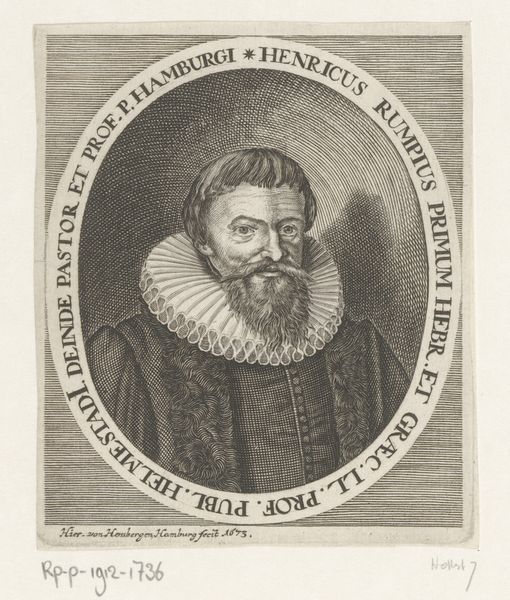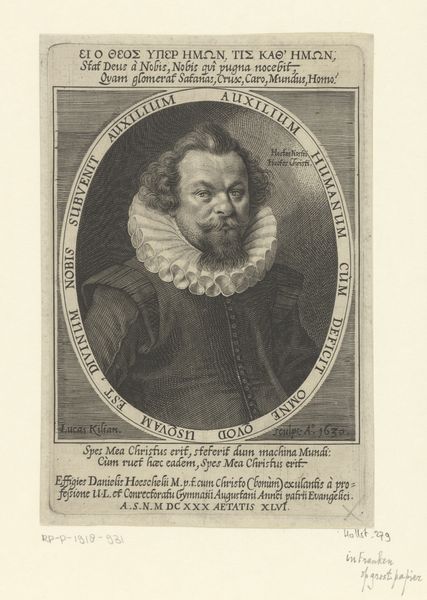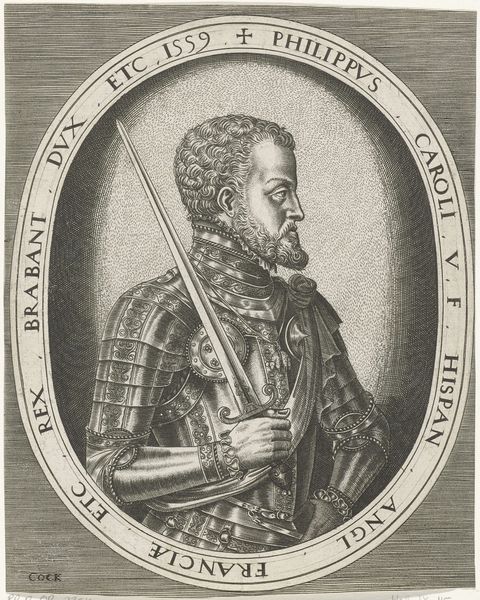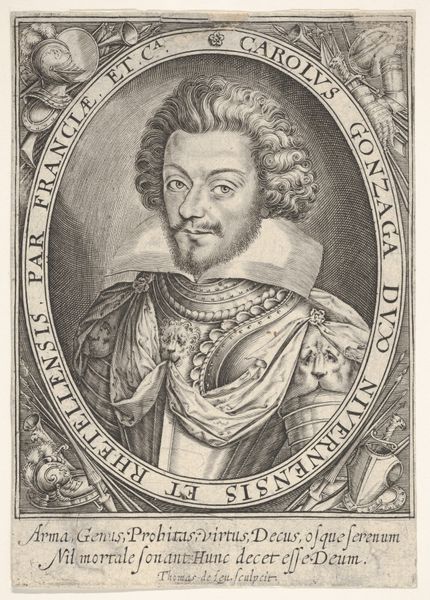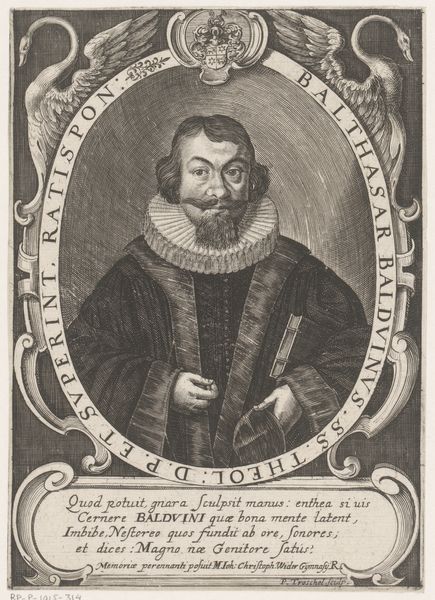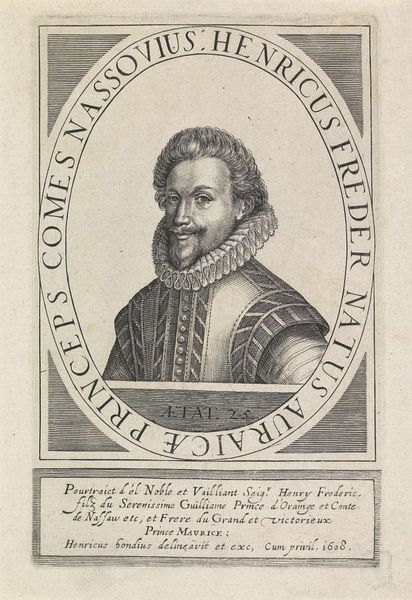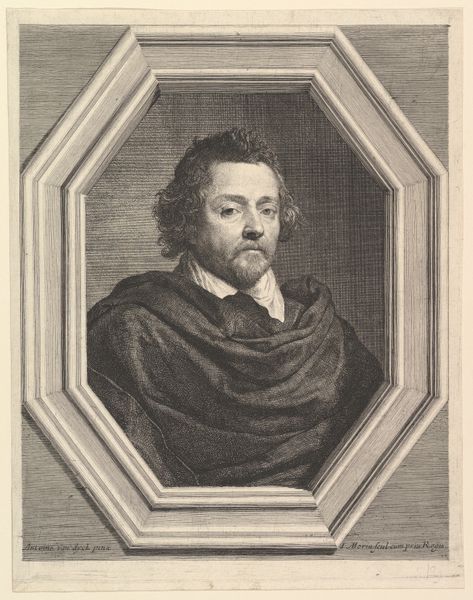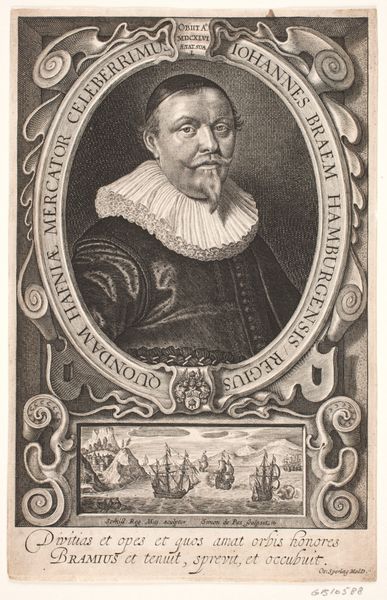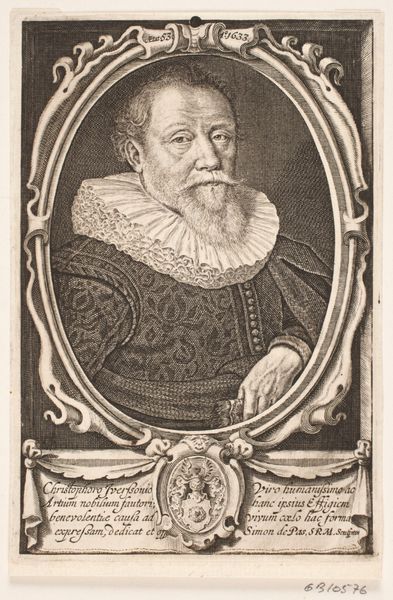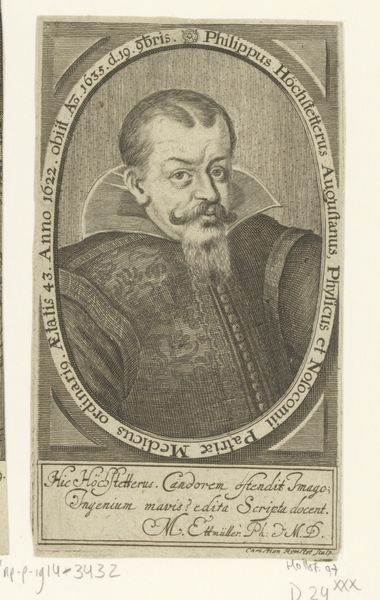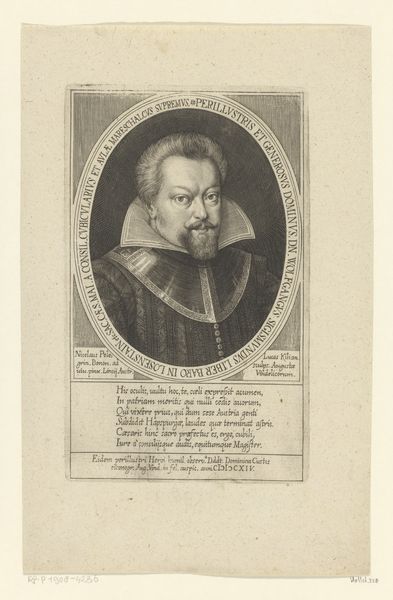
drawing, print, engraving
#
portrait
#
drawing
# print
#
men
#
portrait drawing
#
history-painting
#
engraving
Dimensions: Sheet: 10 × 7 9/16 in. (25.4 × 19.2 cm)
Copyright: Public Domain
This print of Philip de Mornay was made by Léonard Gaultier in the late 16th or early 17th century, using the technique of engraving. Look closely, and you can see how the image is built up from thousands of tiny lines, cut into a copper plate with a tool called a burin. The plate would then be inked and printed onto paper. The real skill is in controlling the depth and spacing of these lines. By varying these, Gaultier has created a detailed likeness, capturing the texture of Mornay’s hair and beard, and the intricate pattern of his doublet. Engraving had been around for a while, but in the Renaissance, it became a key technology for circulating images and ideas, functioning like a printing press for visual culture. So, Gaultier wasn’t just making a portrait, he was participating in a much wider system of production and distribution. It's easy to overlook prints like this, but they were essential to the spread of knowledge and the making of reputations. Recognizing the artistry and labor involved reminds us to value the processes that bring images into being.
Comments
No comments
Be the first to comment and join the conversation on the ultimate creative platform.
